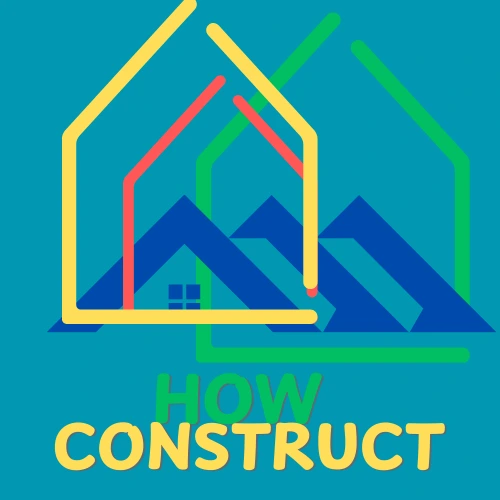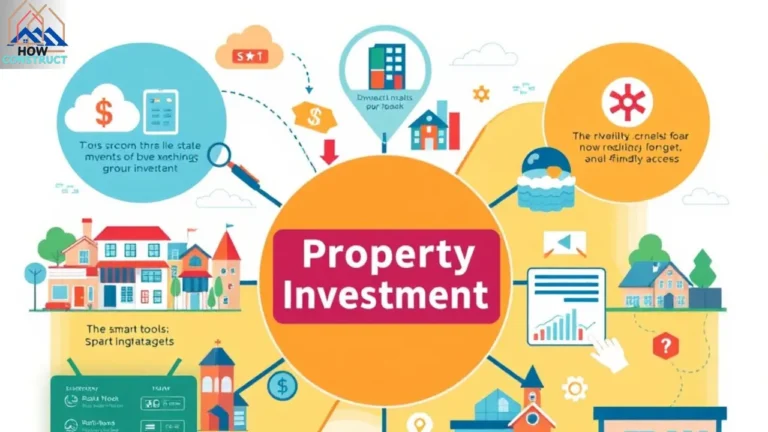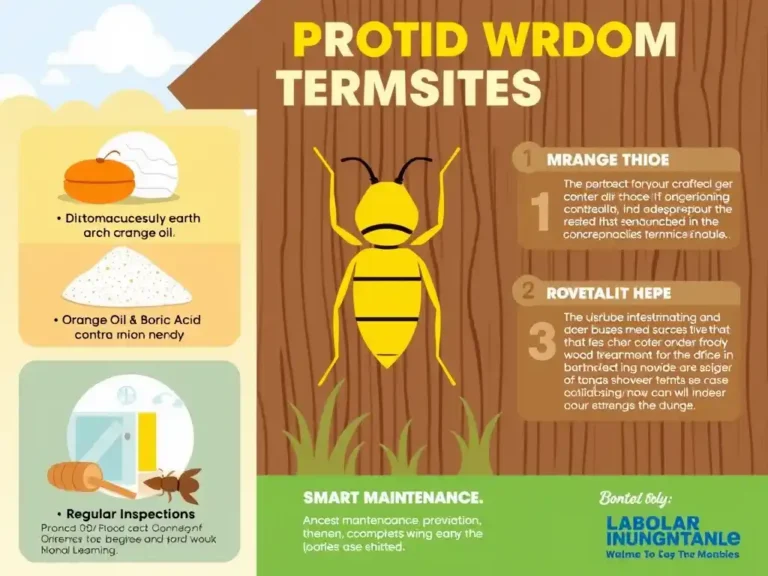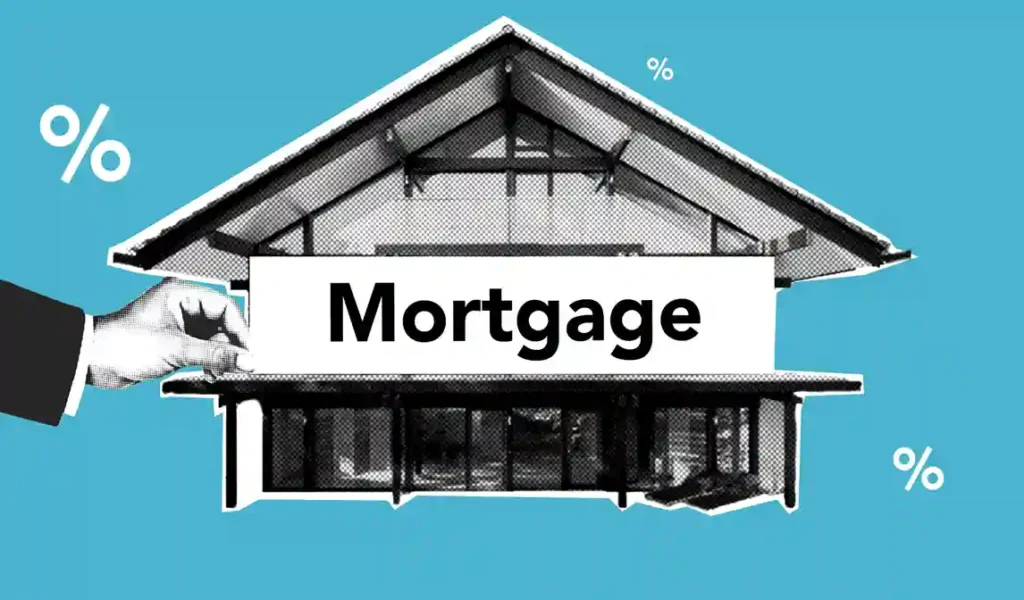Introduction: The Sneaky Fee Every Homebuyer Should Know
Imagine purchasing a concert ticket and understanding there’s an unknown fee for breathing the air in the spot. That’s prepaid mortgage interest — a surprise cost several homebuyers ignore. On regular, this fee adds 500–2000+ to your closing bill, relying on when you sign the dotted line. But panic not! With smart planning, you can turn this financial problem into a stepping stone.
What Is Prepaid Mortgage Interest? (And Why You Can’t Escape It)
The “Why Now?” Fee Explained
Prepaid mortgage interest is like paying rent for your loan already you officially move in. When you close on a home, lenders surcharge you daily interest for the days between your closing date and the start of your first full mortgage month. For example, if you close on January 10th, you’ll pay interest for the remaining 21 days of January upfront.
This happens because mortgages are paid in arrears (after the month ends). Unlike rent, which you pay upfront, your first mortgage payment covers the previous month’s interest. To avoid confusion, lenders collect this “pre-rent” at closing.
How Prepaid Interest Works: The Math Made Painless
The Daily Cost of Your Loan
Let’s break it down with a $300,000 loan at 6.5% interest:
- Daily interest rate: 6.5% ÷ 365 = 0.0178%
- Daily cost: 300,000××0.01783= 53.42/day
If you finish on January 10th, you’ll owe 21 days × 53.42=53.42=1,121.82 at closing. But here’s the silver lining: Your first mortgage payment won’t be due until March 1st, giving you a 7-week breather.
Timing Is Everything: When to Close to Save Big
The End-of-Month Magic
Closing late in the month slashes your prepaid interest bill. For example:
- Close on January 30th: Pay 2 days’ interest = $106.84
- Close on January 8th: Pay 23 days’ interest = $1,228.66
Pro tip: Aim to close after the 25th to minimize this fee. But watch out — lenders get swamped at month-end, risking delays.
Prepaid Interest vs. Discount Points: What’s the Difference?
Buying Down Your Rate
Both prepaid interest and discount points involve upfront payments, but they’re not twins:
- Prepaid interest: Covers daily costs until your first payment.
- Discount points: Pay extra to lower your interest rate long-term (e.g., 1% of your loan = 0.25% rate drop).
For example, buying 1 point on a 300,000 loan costs∗∗3,000$ upfront but could save $50/month over 30 years. Use a mortgage calculator to see if this math works for you.
The Hidden Costs of Refinancing
Double the Interest, Double the Fun?
Refinancing means paying prepaid interest to two lenders:
- Old lender: Interest up to your closing date.
- New lender: Interest from closing to month-end.
Example: Refinancing on January 20th?
- Old lender: 20 days × 50/day=∗∗1,000
- New lender: 11 days × 45/day=∗∗495
Total: $1,495.
Statistical Snapshot: What 2025 Data Tells Us
Trends to Watch
- Rising rates: Average 30-year rates hit 6.85% in 2024 but may dip to 6.2% by late 2025.
- Closing cost impact: Prepaid interest accounts for 10–15% of total closing fees in high-rate markets.
- Negotiation wins: 45% of buyers successfully haggle closing costs, including prepaid interest.
State spotlight:
| State | Avg. Prepaid Interest (2025) | |
| Texas | $1,198 | |
| D.C. | $2,450 | |
| California | $1,750 |
3 Hacks to Slash Your Prepaid Interest Bill
- Close strategically: Aim for month-end to minimize days owed.
- Negotiate seller credits: Ask sellers to cover part of your closing costs in buyer’s markets.
- Use lender credits: Opt for a slightly higher rate in exchange for waived fees.
Bonus: First-time buyers in Texas can access $10,000+ in down payment assistance, freeing up cash for prepaid costs.
Conclusion: Turn Prepaid Interest into a Power Move
Prepaid mortgage interest isn’t a villain — it’s a timing puzzle. By closing late in the month, comparing lender offers, and leveraging credits, you could save $1,000+ on your home purchase. Remember, every dollar saved here is a dollar for your new couch, paint colors, or that fancy smart fridge.













